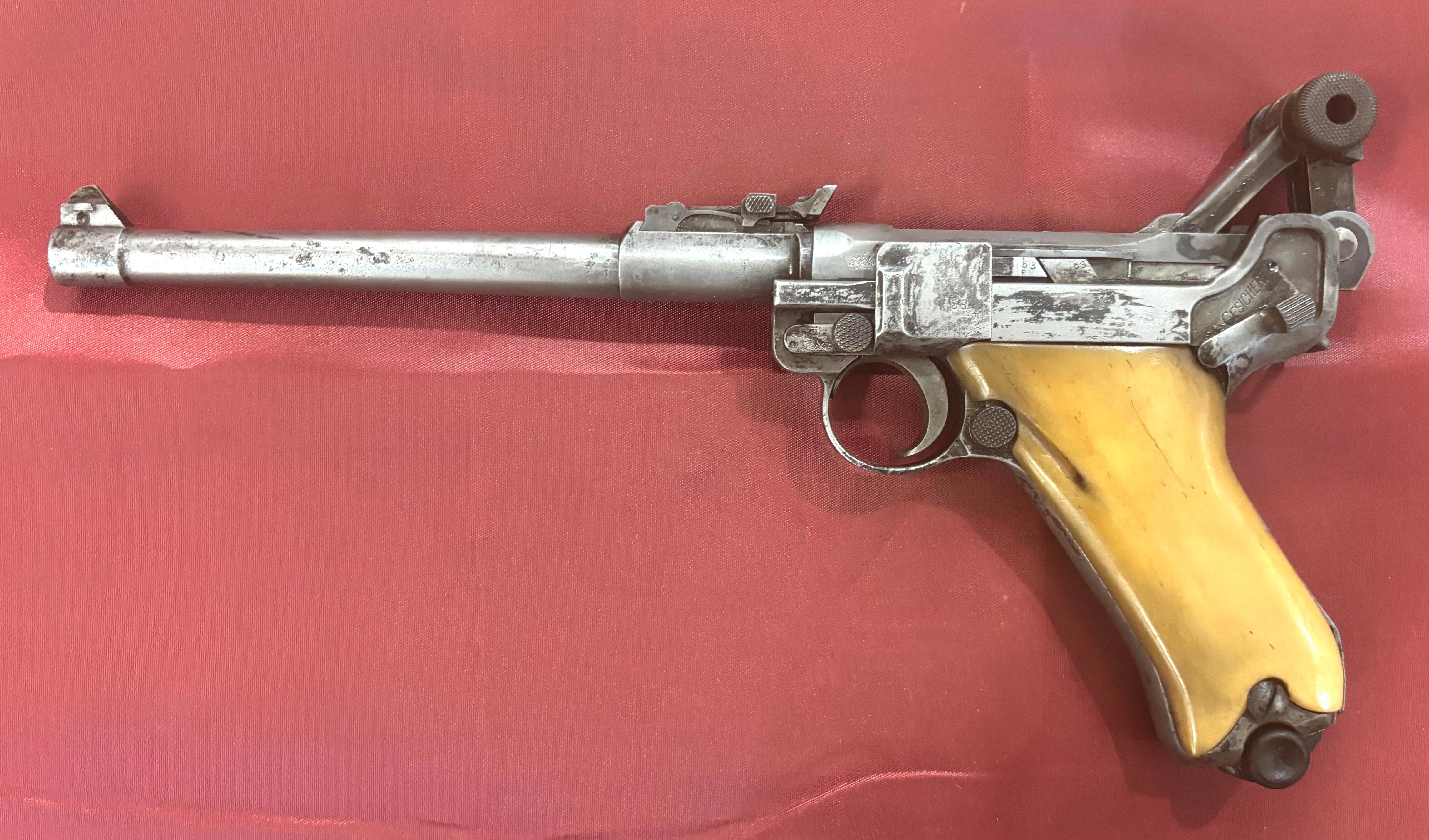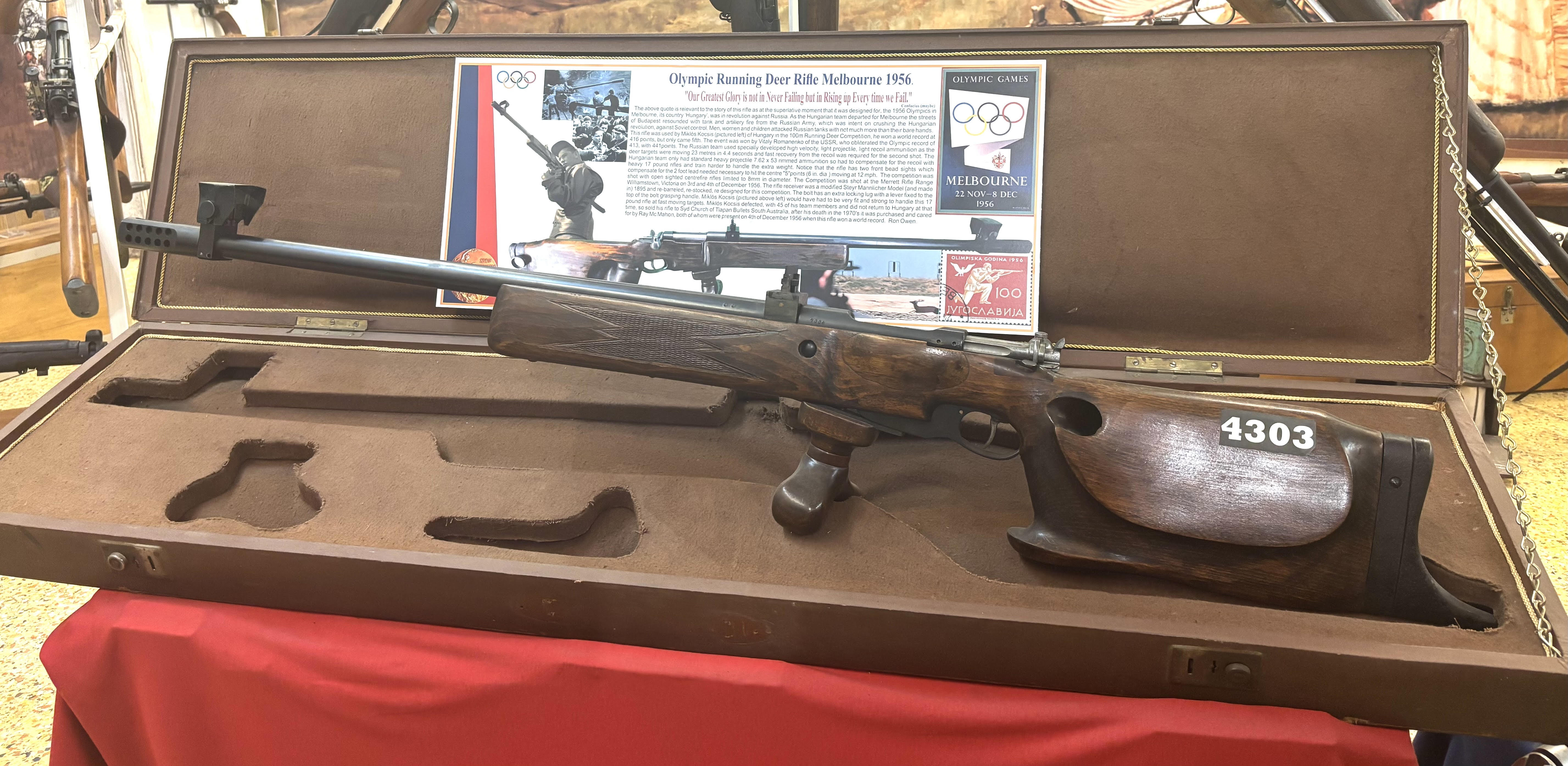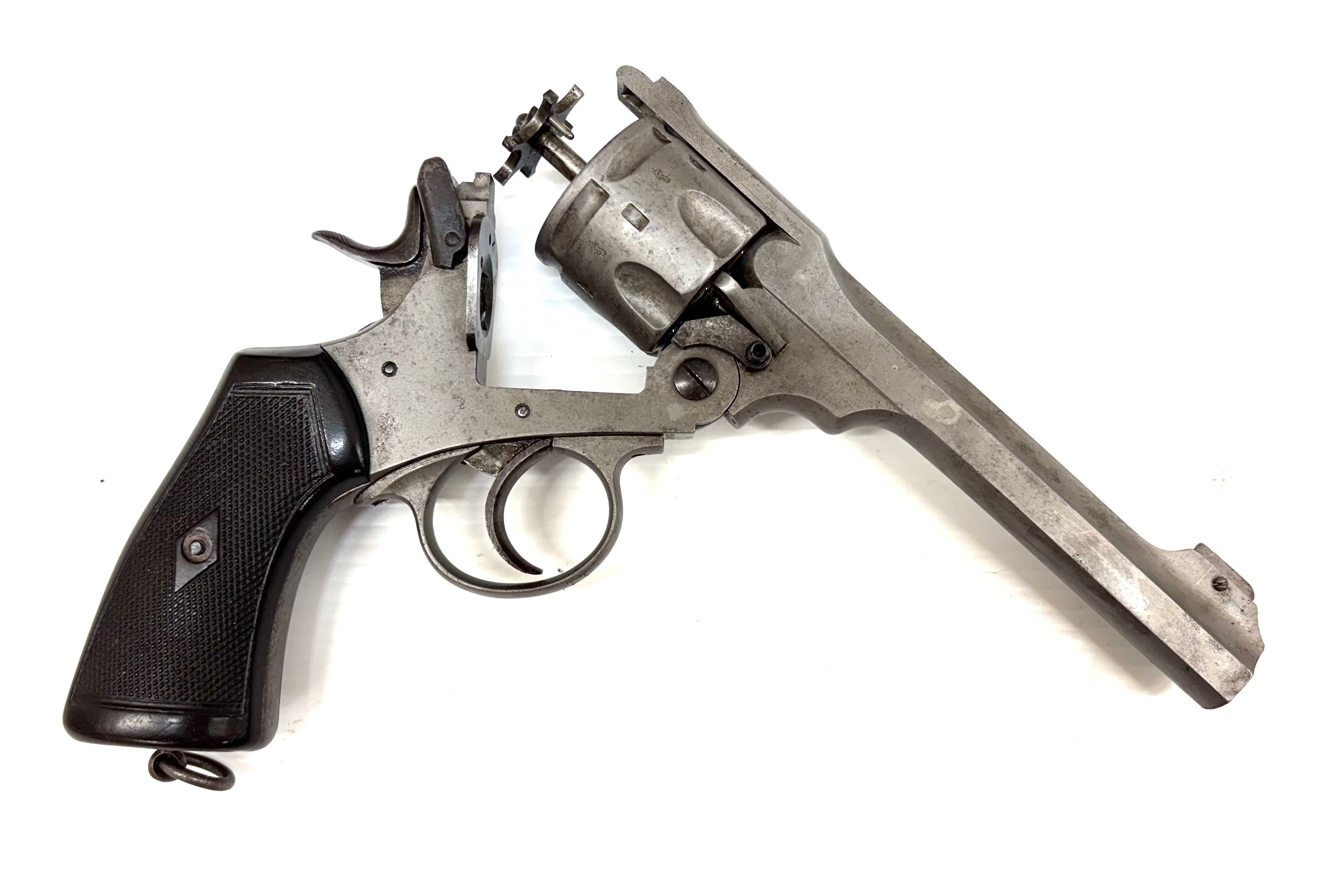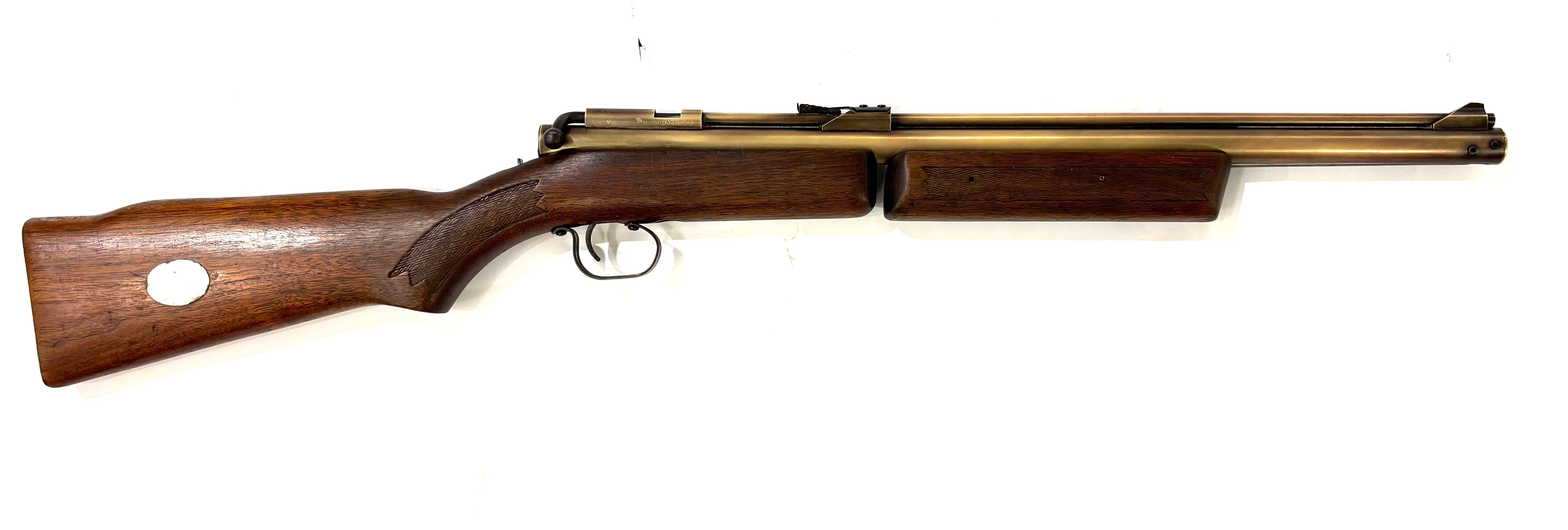
Winchester 1866
Firearm Friday is here again, with the Winchester 1866!
After the war, Oliver Winchester renamed New Haven Arms the Winchester Repeating Arms Company. The company modified and improved the basic design of the Henry rifle, creating the first Winchester rifle: the Model 1866. It retained the .44 Henry cartridge and had an improved magazine, superior wooden forearm and better sights. Nicknamed the "Yellow Boy" because of its receiver of a bronze/brass alloy called gunmetal, it was famous for its rugged construction and lever-action "repeating rifle" mechanism that allowed the user to fire a number of shots before having to reload.
Winchester still put a ‘H’ stamp on some of their rimfire ammo as a tribute to the Henry













